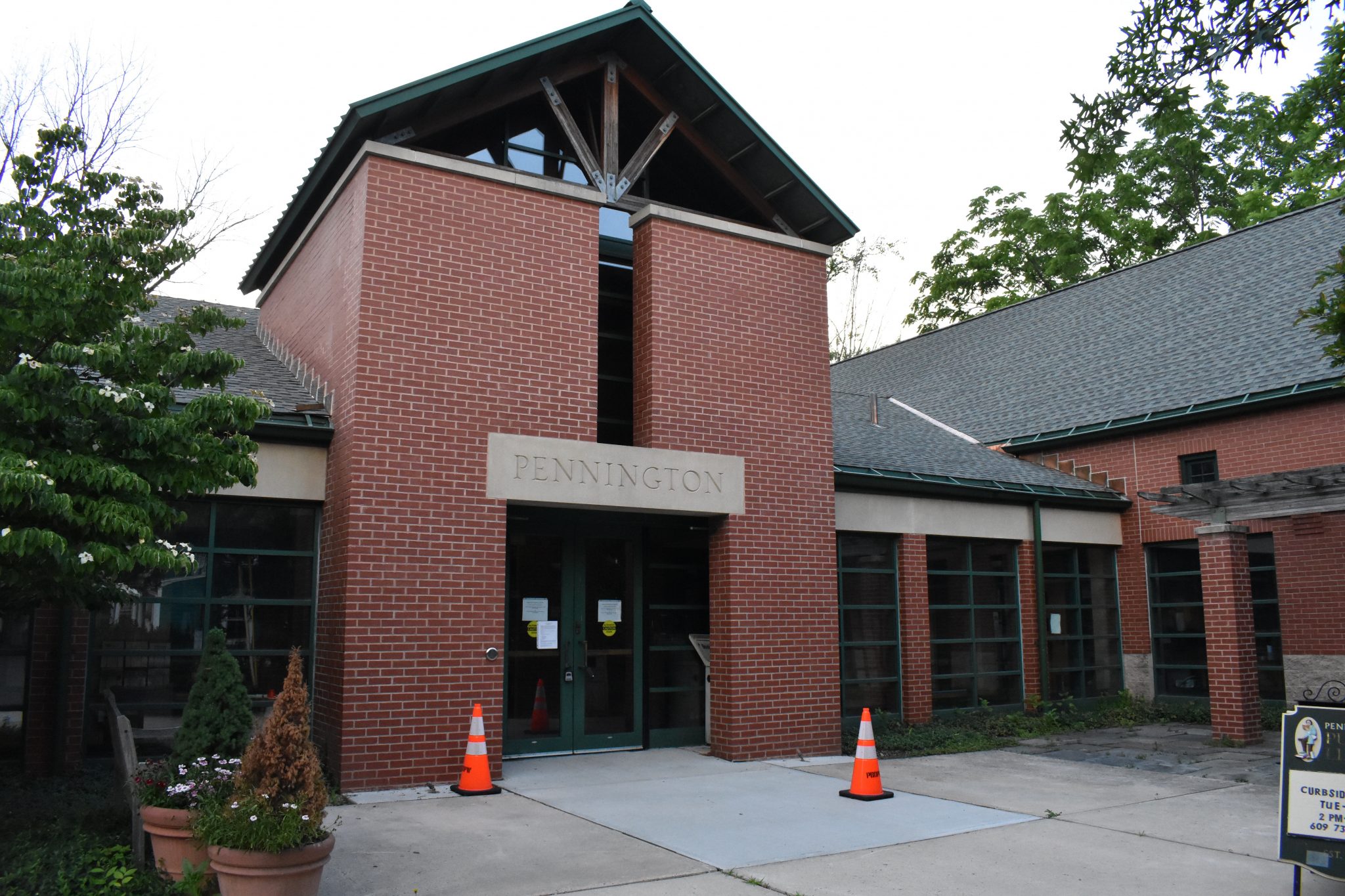The Pennington Council adopted its amended stormwater discharge ordinance that won’t remove physical connections to the borough’s separate storm sewer system unless a road reconstruction project takes place or it is causing a hazardous condition.
The council unanimously voted to adopt the ordinance codifying borough practices and clarifying what discharges are not prohibited at the governing body’s Nov. 6 meeting.
Residents with physical connections to the borough’s separate storm sewer system or in the public right-of-way on or before the ordinance’s introduction, which occurred on Sept. 5, would only have the physical connections removed.
If there is a drainage system that comes into the roadway, the borough will work with the resident to redirect the pipe back onto the right-of-way during road projects.
However, if a physical connection is causing a hazardous condition such as icing, the property owner will be given a written notice that would require the removal of the connection and remediation of the hazardous condition under the supervision of the borough engineer or other enforcing official.
The cost would be on the owner. Should the owner not comply with the notice to remove the connection or remediate the condition, a determination would be made if that owner was in violation of the ordinance.
The borough could then remove the physical connection and do the remediation.
The costs would then be applied to the property owner following a tax assessment or recovered through the court.
The new ordinance also states that property owners cannot build a pipe, trench, swale or other physical connection to discharge storm water into the separate storm sewer system or into the public right-of-way unless they receive approval in advance and in writing from the borough engineer.
Allowed discharges include stormwater, uncontaminated groundwater; air-conditioning condensate except for contact and noncontact cooling water; irrigation water; discharge from waterlines, car washing water and swimming pool discharge; sidewalk, driveway and street wash water; and flows from fire-fighting activities, springs, riparian habitats and wetlands, and water reservoir.

